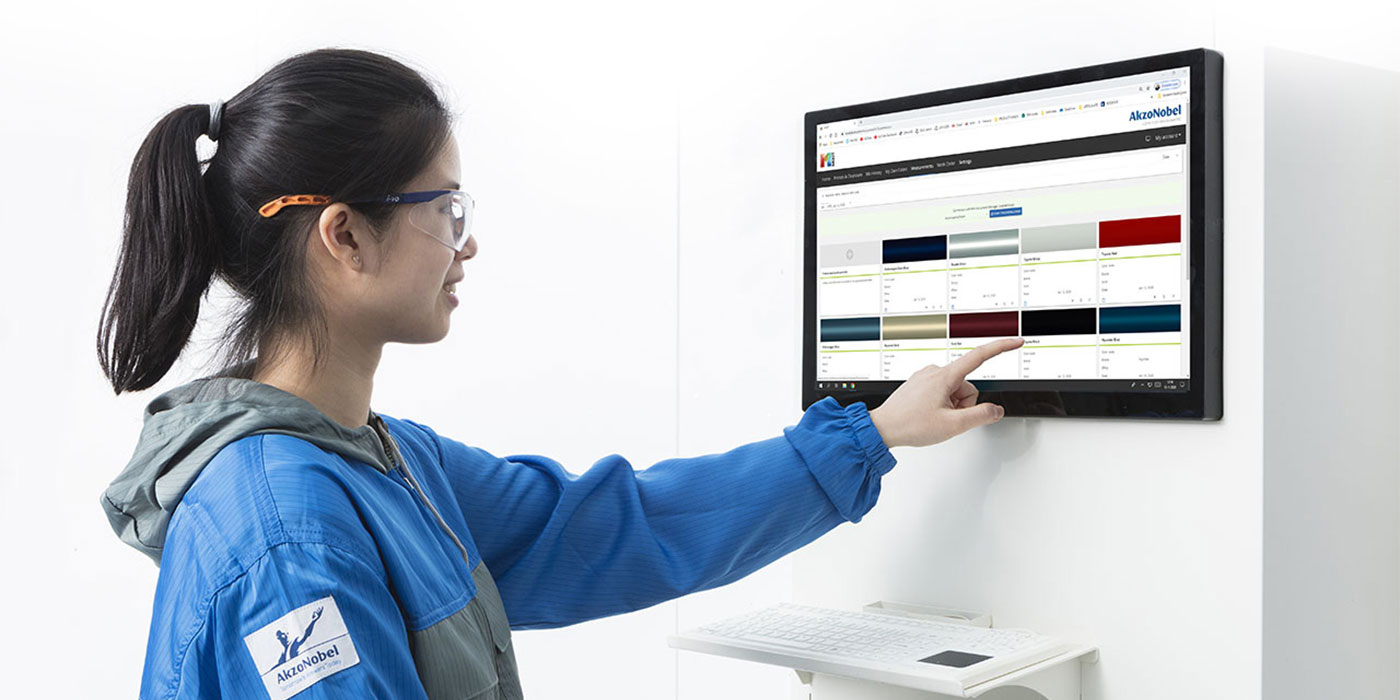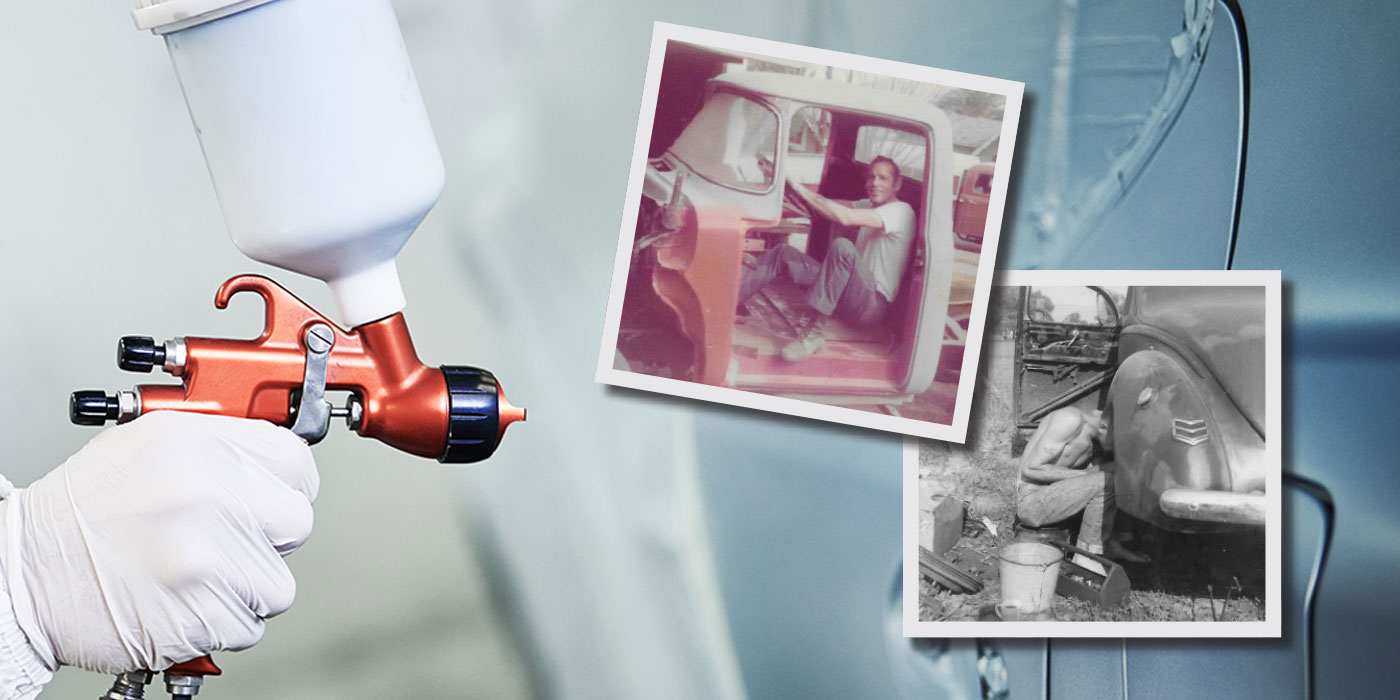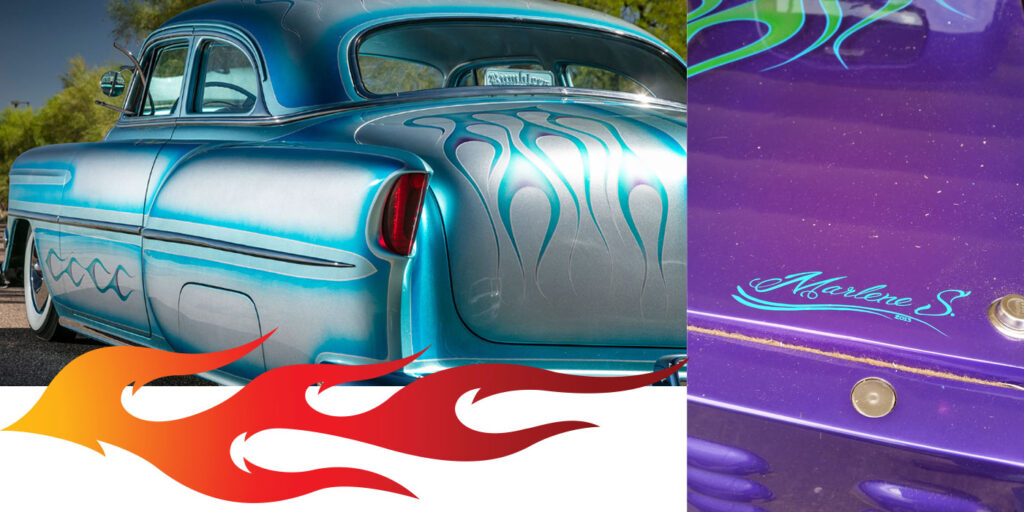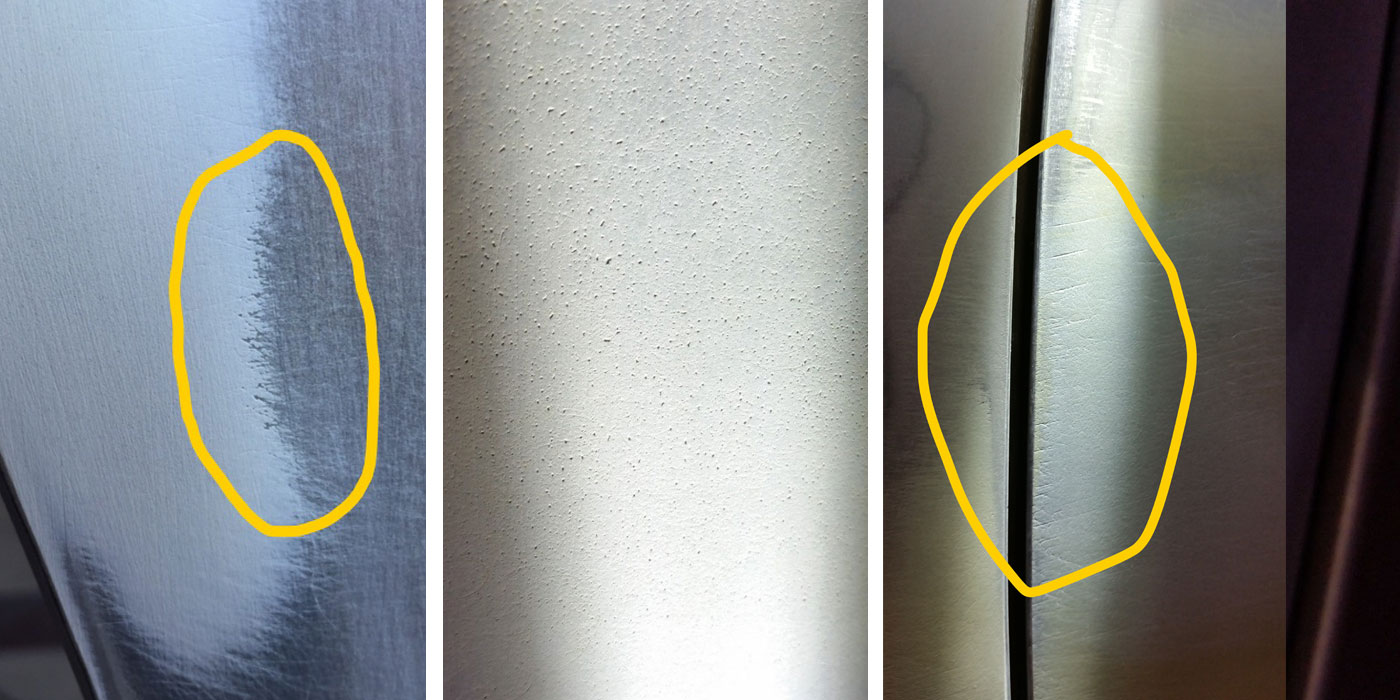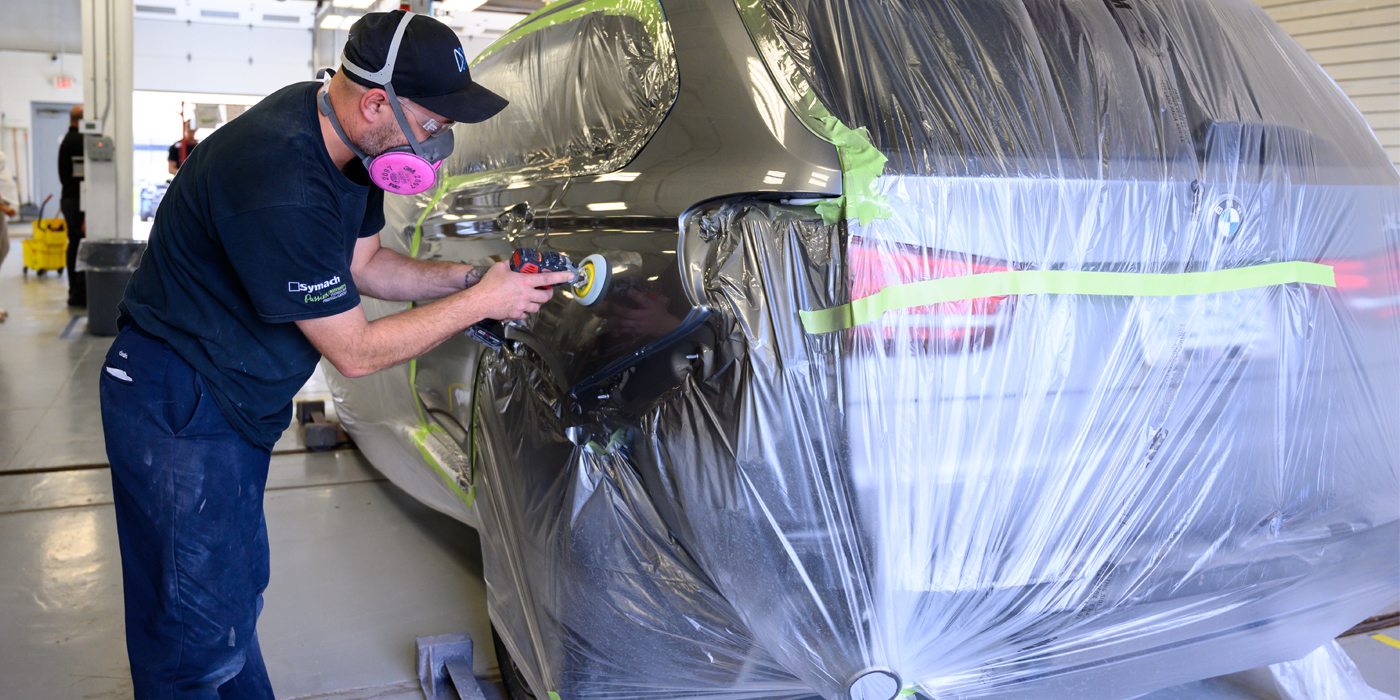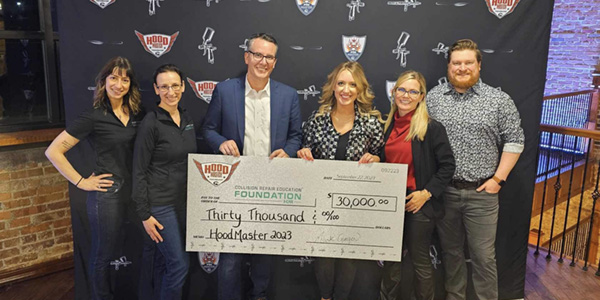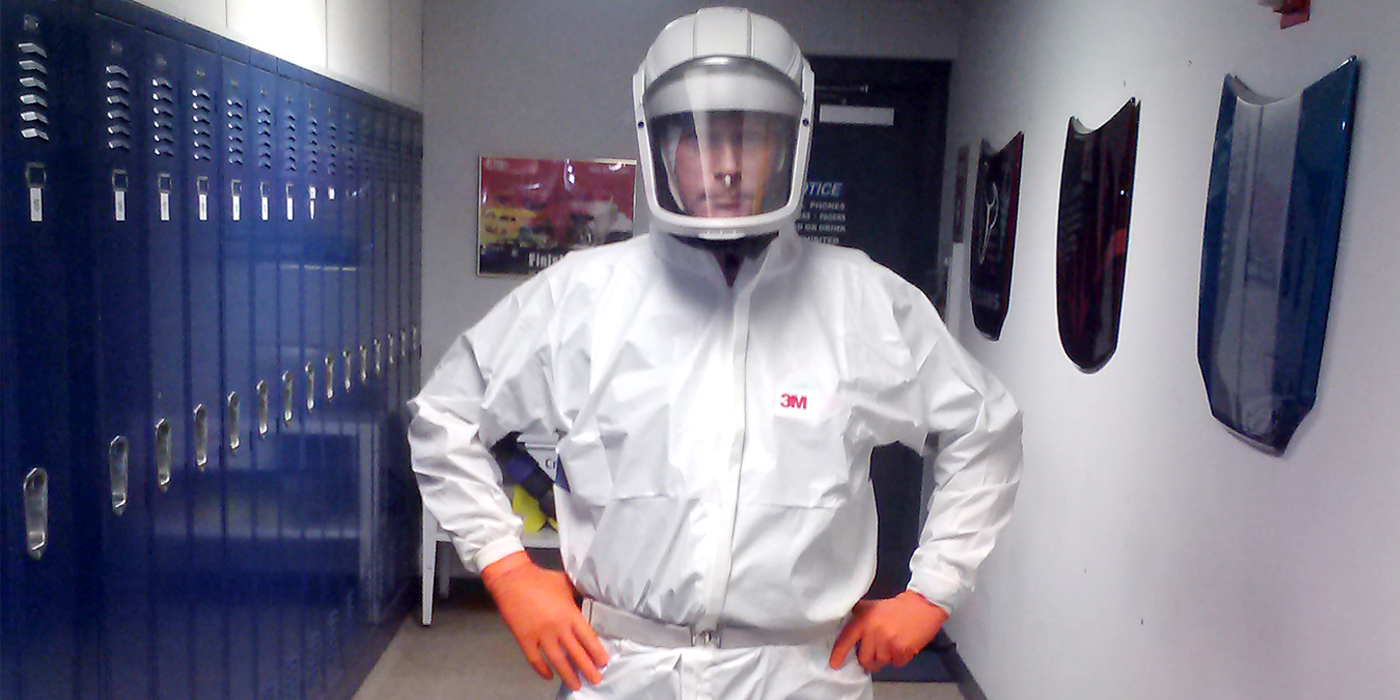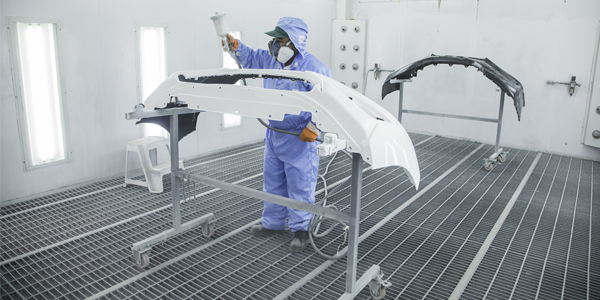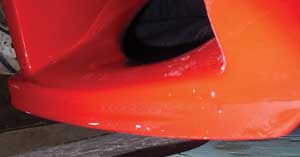
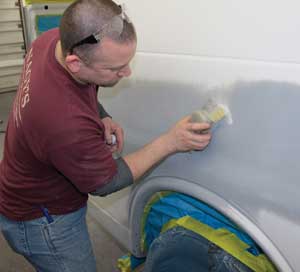
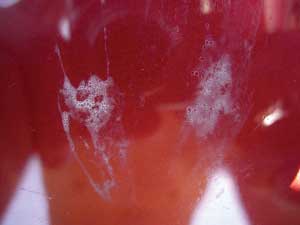
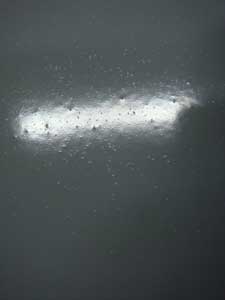
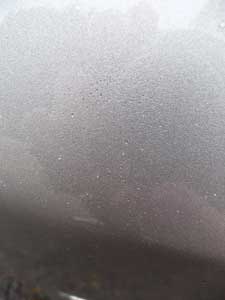
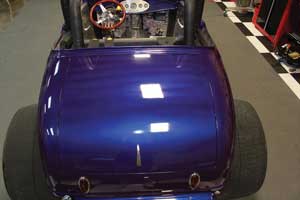 I began my career in the collision industry as a car wash kid who just wanted to learn something more. I was lucky enough to be in a high-production facility surrounded by some really great technicians to watch, listen to and learn from. They were great teachers who took the time to mentor me, but they were also flat-rate, so I tried to stay out of their way and absorb that knowledge on the fly.
I began my career in the collision industry as a car wash kid who just wanted to learn something more. I was lucky enough to be in a high-production facility surrounded by some really great technicians to watch, listen to and learn from. They were great teachers who took the time to mentor me, but they were also flat-rate, so I tried to stay out of their way and absorb that knowledge on the fly.
I learned that set-up and preparation were the keys to a great paint job. I also learned words of wisdom such as:
• "If you don’t take the time to do it right the first time, you’ll have to make time to make it right the second time.”
• “Letting something go leads to something worse.”
• “Good enough…never is.”
I would like to tell you that, in my 17 years as a refinish technician, “mottling,” “tiger striping” and “ringing” were things I had only heard of and not experienced. I would like to say that those issues only happened to other guys at other shops, and that I’ve always taken precautions to avoid those headaches. The truth is that, well…some things I’ve learned by listening and some I’ve learned the hard way. So, maybe what I write about in this article will help someone out there.
I want to talk about three types of paint problems: vehicle preparation, environmental and spray technique. I’ll give examples of each of these and how to fix or avoid them in the future.
Vehicle Preparation
Vehicle preparation problems arise from improper or incomplete inspection, body repair, spraying primer, sanding and cleaning of panels prior to refinishing. Incomplete damage inspections can lead to missed repair opportunities, and that equals lost sales and unhappy customers.
Improper body repairs, like pinholes in body fillers, must be addressed with finishing putty before spraying primer. Ringing or outlining (the slightly visible trace lines that follow the outer edge of the repair area) is caused by improper feather-edging of body filler or primer/surfacer. This can also be caused by failure to allow enough flash-time between primer coats, which leads to shrinkage.
The ugliest of these are fisheyes, those nasty little dimples (caused by contamination) on the surface of your primer, sealer, basecoat or clearcoat that tell you that you didn’t do something right. These types of problems can be avoided by taking the time to look at the job, communicate better with management and body techs, and pay attention to the details during the sanding and cleaning of the repair panels.
Your Surroundings
Environmental problems are caused by – that’s right – your surroundings. Things such as uncontrolled booth temperature, inconsistent air pressure, bad airflow, lighting, dirty cars and dirty painters lead to these. Dirt, chunks or general junk in paint are typically caused by an unclean vehicle and/or spray area or not enough airflow to whisk away the debris floating around inside.
Improper booth temperature and bad airflow can also cause solvent popping. This happens when the top surface skims over and traps solvents underneath. Once trapped, these solvents “volatilize” or gas-out, causing tiny bubbles in the material. We must choose the right hardeners and reducers for the temperature and size of the job. Allow for enough flash time between coats to let the products breath. We must take the time to clean prior to spraying, which means changing booth filters regularly for better air flow and cleaning everything in your work space to become “surgical.”
Spray Technique
Problems arising from faulty spray technique are usually the result of improper gun setup, poor overlapping and moving too fast or too slow while spraying. Some examples include:
• Mottling, which is a “cloudy” appearance caused by the metallics lying unevenly.
• Tiger-striping or streaking, which are visible stripes of lighter and darker shades over a repair area.
• Sand piling or stacking, which is when the basecoat overspray doesn’t properly melt into the previously sprayed film, leaving a noticeably rough surface texture that looks like dust or fine dirt.
All of these problems can be fixed by techniques like cross-hatching (spraying in a slow, alternating “x” pattern across the problem area) or drop-coating to even out the basecoat. Proper use of a “wet bed,” blending clear or reverse blending (beginning with the farthest point from your repair and working the color back in) will help you avoid sand piling. These keep the surface wetter for overspray to melt into. Again, these issues can be avoided by choosing the proper reducers for the temperature and allowing for enough flash time between coats.
Your spray gun setup is crucial. Take the time to clean your guns and check your spray patterns regularly.
Knowledge is Power
You, as a professional collision technician, are entrusted to repair your customer’s vehicle to pre-loss condition. You should be able to avoid just about every one of these issues by having a thorough knowledge of the entire repair process, your environment, your materials and your equipment. That being said, should any of these problems surface, you must be able to recognize, diagnose and fix them before you put clearcoat on the vehicle. If not, you’ll have to try again later. It’s worth it to take the time to prevent these problems in future repairs.
Ed Knight has been in the collision industry for 17 years, serving in the roles of washbay kid, flat-rate cut-in guy, prepper, parts guy and head painter. He currently works as the head painter at Nagy’s Collision Centers in Wadsworth, Ohio. He’s also the proud father of three boys.

